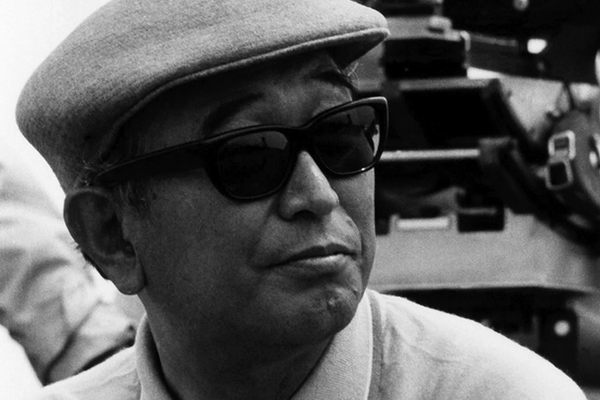If you’ve ever spent a significant amount of time on the GLCO website, chances are you’ve seen phrases like ‘flat’ and ‘semi-flat’ thrown around in our Guides and on our product pages. These lenses, which provide a cleaner, more uniform look across the front of your shades, is dominating eyewear design rooms right now. As our GLCO Designer Sarah (who you see from time to time on Instagram Stories) explains, “Flat is definitely an aesthetic trend. The flatter something looks, the more contemporary it looks right now, compared to other things on the shelf.”




First things first. What are semi-flat and flat lenses? Flat and semi-flat lenses are characterized by their low base curve radius, or BCR. The BCR is the measure of the flatter curvature of the front surface of a lens. The way they’re formed depends on the material. Sarah breaks it down: “Nylon is poured into a mold. That’s super smooth, which contributes to the visual clarity of it. If it’s glass, like Clune 47, they have these rough discs and a machine that grind it down to be this curvature – 2, 6, whatever.” As one might correctly deduce, flat lenses are flat or 0 base, as they’re referred to in the eyewear industry. “Flat lenses are 0 base (pretty much no curve at all), semi-flat are 2 base (slightly more than 0 base), standard is 4 base,” explains Eric from our Development team. While flat lenses are a great choice for the aesthetically inclined, a slight curve may be beneficial for those spending a lot of time out in the sun and looking to protect their eyeballs. “The benefit of semi-flat – just that very slight 2-base curvature – is that the anti-reflective coat on the back works better,” says Sarah. “If the frame is curved a little bit, the sun is less likely to bounce back into your eye.”


If you’ve ever wondered why flat and semi-flat lenses are more expensive in GLCO stores and on our site, it comes down to basic production timelines. “The standard for eyewear in general is 4-base, so over time the technology has been built around creating lenses in that exact shape,” says Eric. “It’s pretty common to encounter flat and 2-base lenses in the industry, but there just isn’t as much technology accommodating for it – fewer machines manufacture it. If we order those, we’re going to have to assign more time to actually produce them and thus the price goes up.” So next time you’re in a GLCO store or scrolling through garrettleight.eu and are wondering why a certain color way of Kinney or Hampton is more expensive, check the lenses. They may have taken us longer to produce or required special orders in the development process.


Here at GLCO we love working with flat and semi-flat lenses. Our SS18 collection is full of them, from Calabar, a retro wayfarer silhouette, to Convoy, an oversized men’s metal sunglass inspired by the early 1980s, to Culver, a timeless curving aviator shape. If you’re looking for a cat-eye with flatter lenses, check out Jacqueline, a contemporary, octagonal take on Kurt Cobain’s iconic 90s frames and Del Rey, an acetate cat eye influenced by Godard’s Breathless and wraparound frames. Looking for something oversized? Peep our Tuscany frame (which we like to refer to as a ‘woman’s square Valencia’) or our latest collaboration with womenswear designer Ulla Johnson. If you’re looking for a classic GLCO frame with a flatter lens look, Kinney from our FH17 collection offers semi-flat lenses in color ways like blue gradient mirror or semi-flat brown gradient. Brooks, Hampton and Wilson M from our SS17 collection are offered in a series of gradient and mirrored lenses in both 0 and 2 base. Clune 47 from our SS18 collection (the larger size of our popular optical style) is a super round women’s frame turned into sun with light and dark pure glass semi-flat lenses.



